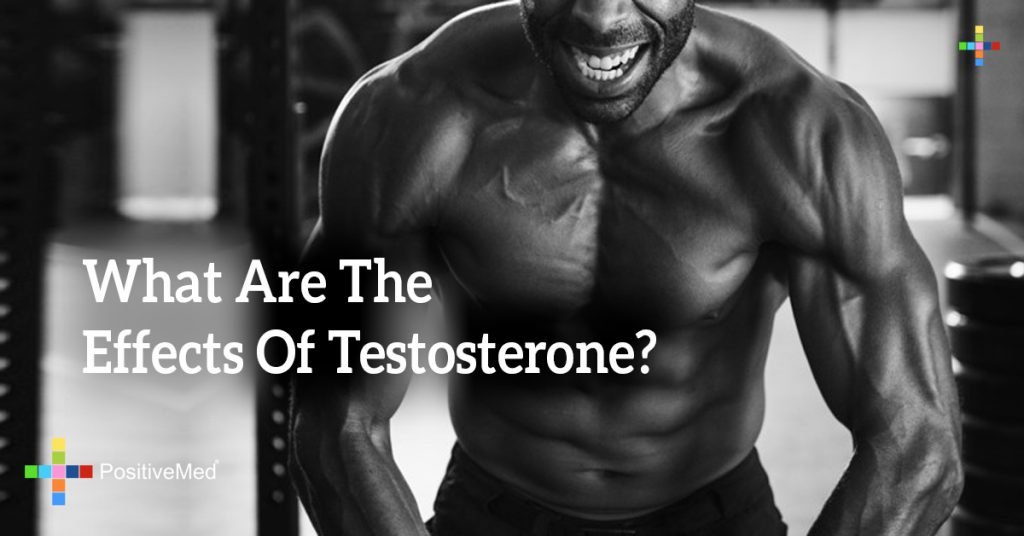
Between two and four million men in the US alone suffer from below-normal testosterone levels, a condition known as hypogonadism.
Testosterone is an androgen, which is a male hormone. It controls the development of the male $e*u@l organs and helps maintain essential “maleness” or secondary male sexual characteristics and regulates many bodily functions, but it can also play a role in cardiovascular disease.
Testosterone supplementation has been shown to increase muscle mass and strength in healthy older men, but this surge in the use of testosterone products may not be an entirely good thing. Testosterone replacement therapy is only appropriate and safe for men who have below-normal levels and who don’t have any medical conditions that could be made worse by testosterone, such as an enlarged prostate or evidence of prostate cancer.
The first signs of declining levels of testosterone are: diminished energy levels, increased irritability, decline in mood, decline in cognitive performance and loss of early morning erections. You can naturally increase your own testosterone through diet, nutritional supplements and exercise.
Testosterone products may produce side effects that include weakness, dizziness, rapid growth, pain throughout the body, acne, tingling or burning sensations in the skin, insomnia, lowered libido, light-headedness, irritability, decreased appetite, bladder control problems, mood changes, a rash, difficulty with concentration, impotence, fear, and coldness in the extremities such as the hands and feet. As we’ll see, use of testosterone by men with normal levels is very risky.
The enormous industry that has sprung up to capitalize on this problem has contributed to a dangerous rise in the unregulated sale and use of testosterone supplements. Far too many men are obtaining quick-and-dirty prescriptions for testosterone, and abusing the hormone because it makes them feel temporarily younger and stronger.








